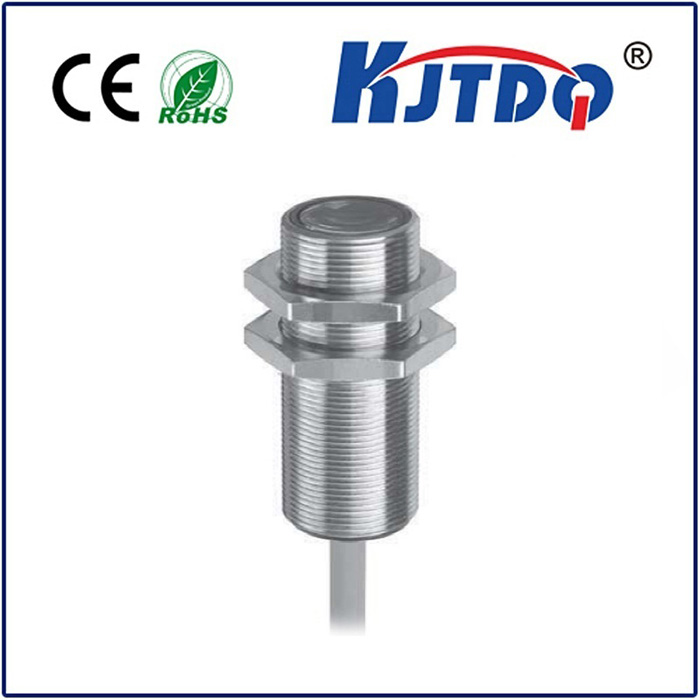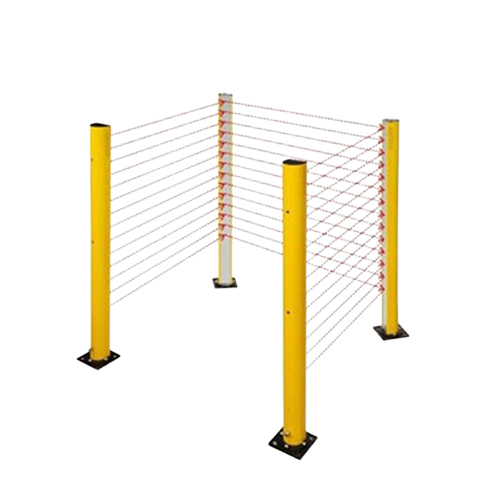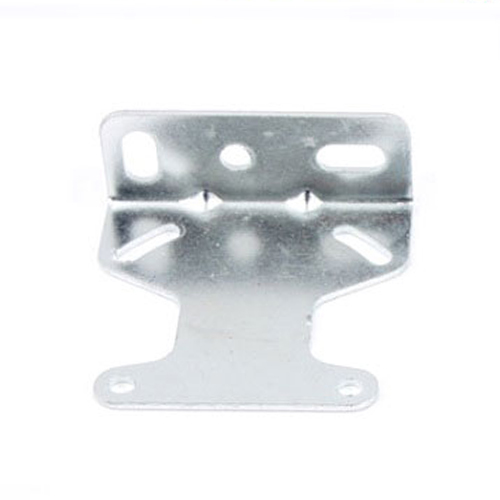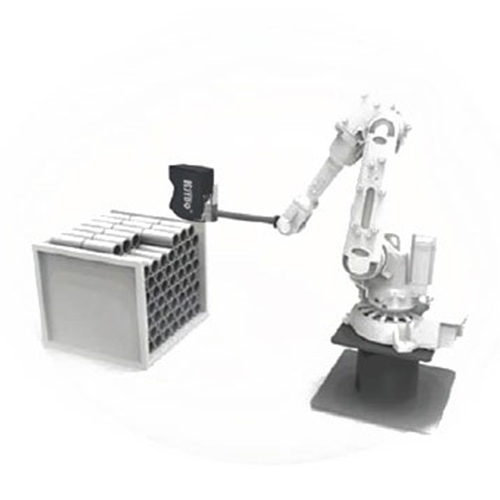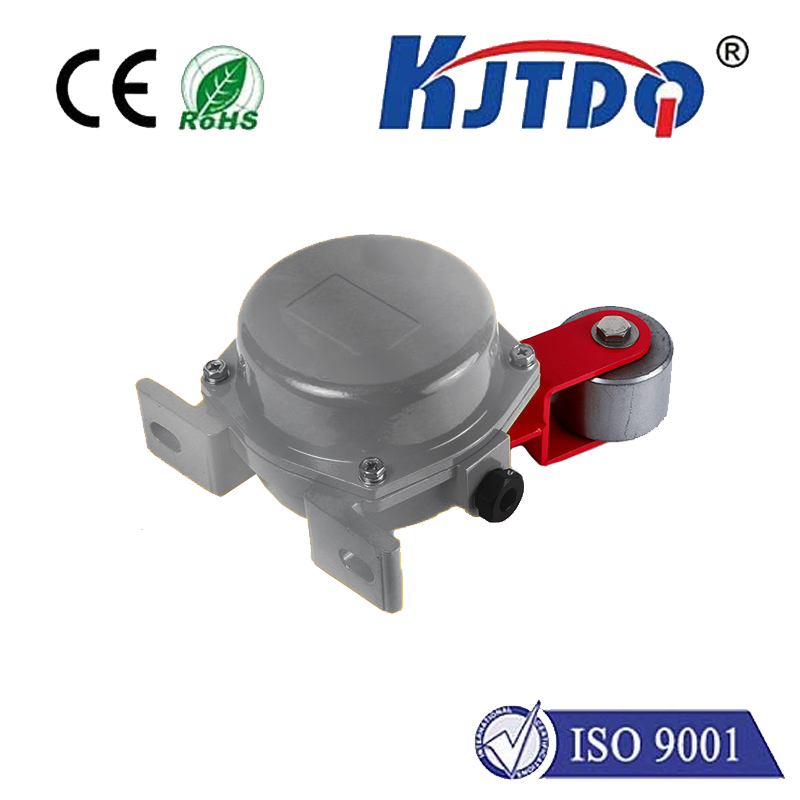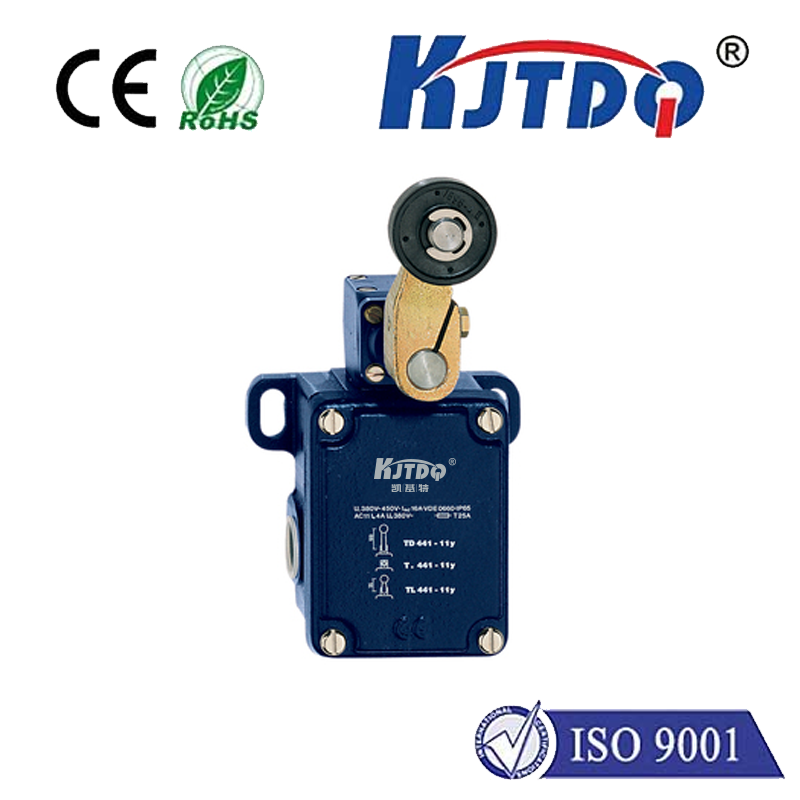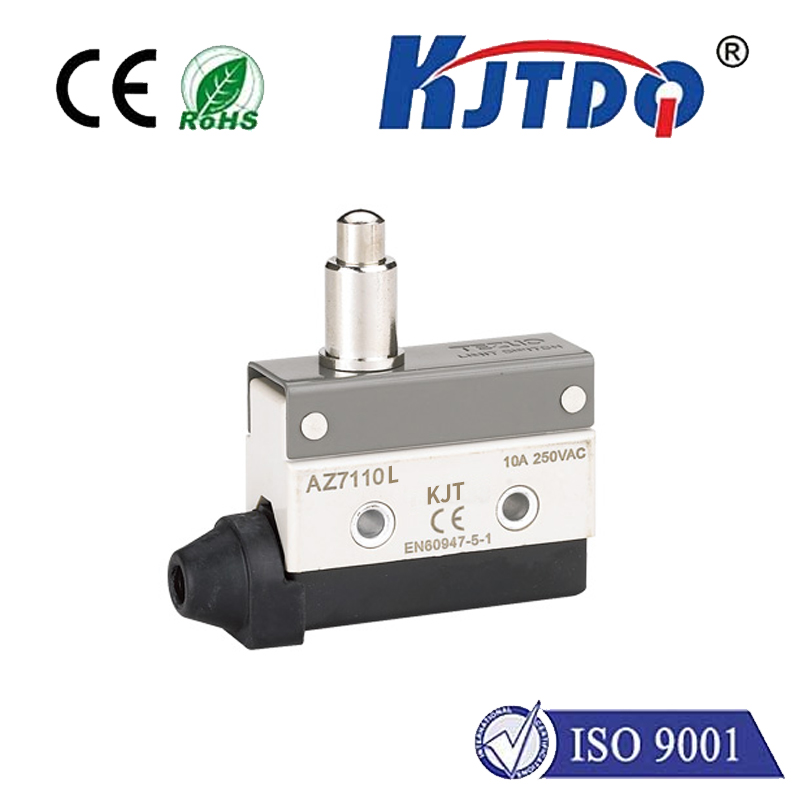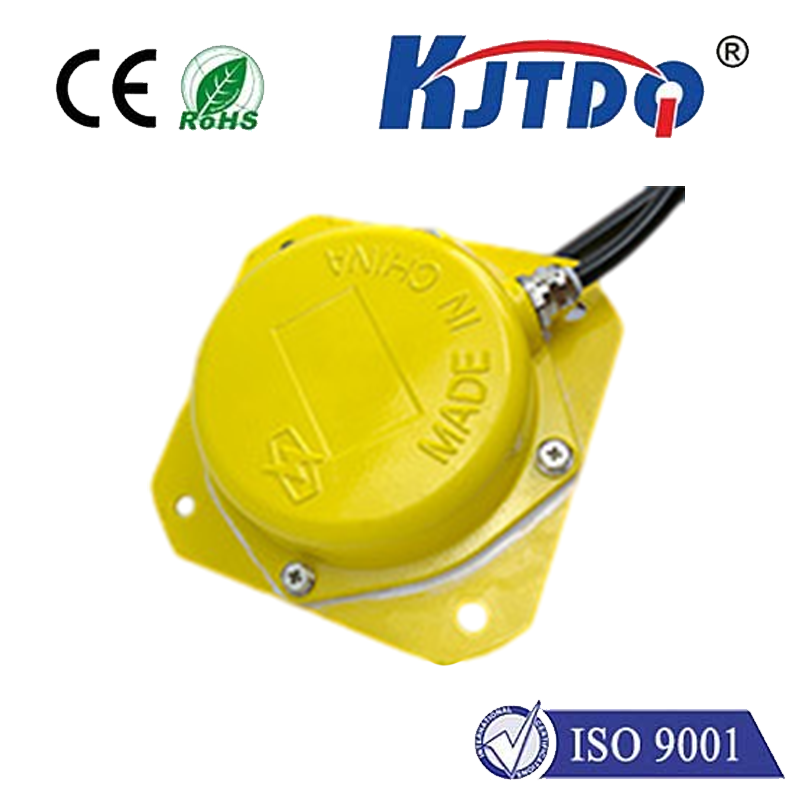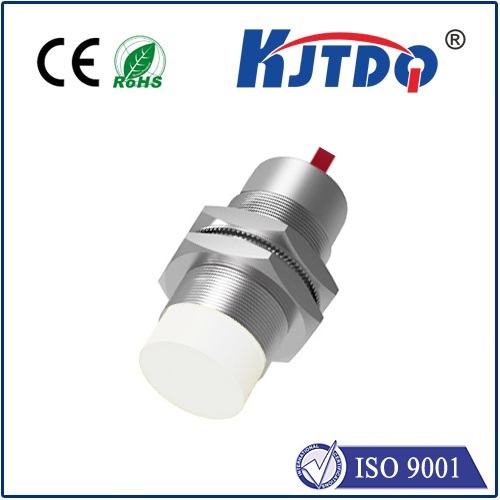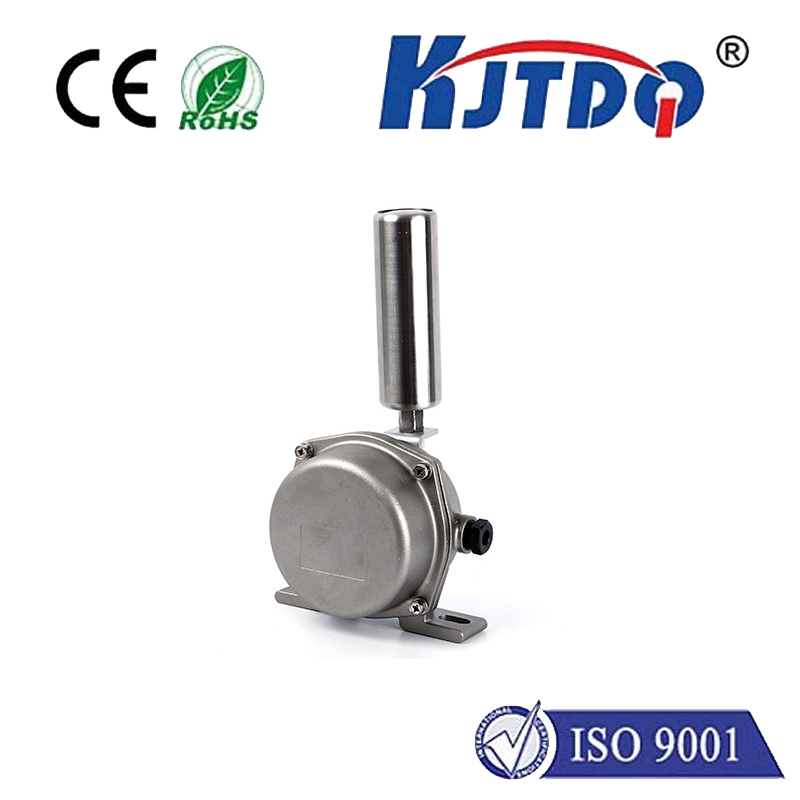

check

check

check

check
Optical Fiber Sensors: Revolutionizing Modern Monitoring and Detection
In today’s rapidly evolving technological landscape, the integration of advanced sensor technologies has become essential across various industries. Among the many innovations in this field, optical fiber sensors stand out as a transformative tool, offering unparalleled precision, durability, and versatility in real-time monitoring and detection. The FU-67G Optical Fiber Sensor is a prime example of how these sensors are being utilized to enhance safety, efficiency, and accuracy in industrial and environmental applications.
Optical fiber sensors operate by utilizing light to detect changes in physical parameters such as temperature, strain, pressure, and vibration. Unlike traditional sensors that often require complex installation and maintenance, optical fiber sensors are compact, lightweight, and can be embedded directly into structures or materials without significant interference. This makes them ideal for use in harsh environments where conventional sensors may struggle.

The FU-67G Optical Fiber Sensor is specifically designed for high-precision applications, such as structural health monitoring, environmental monitoring, and industrial automation. Its unique design allows it to capture minute changes in the surrounding environment, providing early warnings of potential failures or anomalies. For instance, in infrastructure monitoring, the sensor can detect micro-strains in buildings or bridges, helping engineers to proactively address issues before they escalate into major failures.
One of the key advantages of the FU-67G Optical Fiber Sensor is its ability to operate in extreme conditions. Whether it’s exposed to high temperatures, humidity, or mechanical stress, the sensor maintains consistent performance and reliability. This makes it a preferred choice for applications in aerospace, power generation, and chemical processing industries, where environmental factors can significantly impact equipment longevity and safety.
The sensor also integrates seamlessly with modern monitoring systems, enabling real-time data collection and analysis. By connecting to a central control system, operators can receive instant feedback on the status of monitored parameters, allowing for faster decision-making and improved operational efficiency. The integration of optical fiber sensors with IoT (Internet of Things) platforms further enhances their utility, as data can be transmitted remotely, reducing the need for manual intervention and minimizing downtime.
In addition to their technical advantages, optical fiber sensors like the FU-67G also offer significant cost savings over the long term. Due to their durability and long operational life, they reduce the need for frequent replacements, making them a cost-effective solution for both industrial and commercial applications. This economic efficiency, combined with their high accuracy, makes them an attractive choice for companies looking to optimize their operations and improve safety standards.
As technology continues to advance, the role of optical fiber sensors in modern monitoring and detection will only expand. The FU-67G Optical Fiber Sensor represents a significant step forward in this field, offering a reliable and efficient solution for a wide range of applications. Whether it’s ensuring the safety of critical infrastructure or monitoring environmental conditions in real time, the sensor is an essential tool in the modern technological landscape.
In conclusion, the FU-67G Optical Fiber Sensor is a powerful example of how optical fiber technology is reshaping the way we monitor and detect physical changes in the environment. Its innovative design, robust performance, and seamless integration with modern systems make it an indispensable tool in today’s industrial and scientific applications.
